Designing water features in home spaces brings a sense of tranquillity, movement, and elegance to indoor and outdoor areas. Integrating water into residential architecture can enhance the ambience, improve air quality, and provide a natural focal point. Water features come in a wide variety of forms including static ponds, dynamic waterfalls and functional swimming pools.
Here are some key principles to consider when designing water features for homes.
1. Purpose and Placement
The purpose of a water feature determines its size, style, and placement within the home. For example, indoor fountains are great for living rooms or entryways where you want to create an inviting atmosphere, while outdoor features like ponds, pools, or waterfalls are best placed in gardens or courtyards. Proper placement also affects how well the feature harmonizes with its surroundings. In feng shui, for example, placing water features near the entrance is thought to promote positive energy flow.

2. Scale and Proportion
Scale is essential to avoid overwhelming a space. In smaller homes, compact fountains or wall-mounted water features can add the desired ambience without taking up floor space. For larger areas or gardens, consider naturalistic ponds, waterfalls, or multi-tiered fountains that fill the space without overcrowding it. Proportional harmony with other elements in the space, such as plants, furniture, and lighting, ensures the water feature feels naturally integrated.
3. Materials and Aesthetics
Selecting the right materials is crucial in defining the water feature’s character. Stone, glass, and metal are popular choices, each offering a different aesthetic appeal. Stone exudes a natural, earthy look that blends well with plants, while glass or stainless steel offers a modern, sleek feel. Ensure materials are durable and compatible with the water type (fresh or saltwater) used. Materials should also be slip-resistant and weather-resistant for safety and longevity.
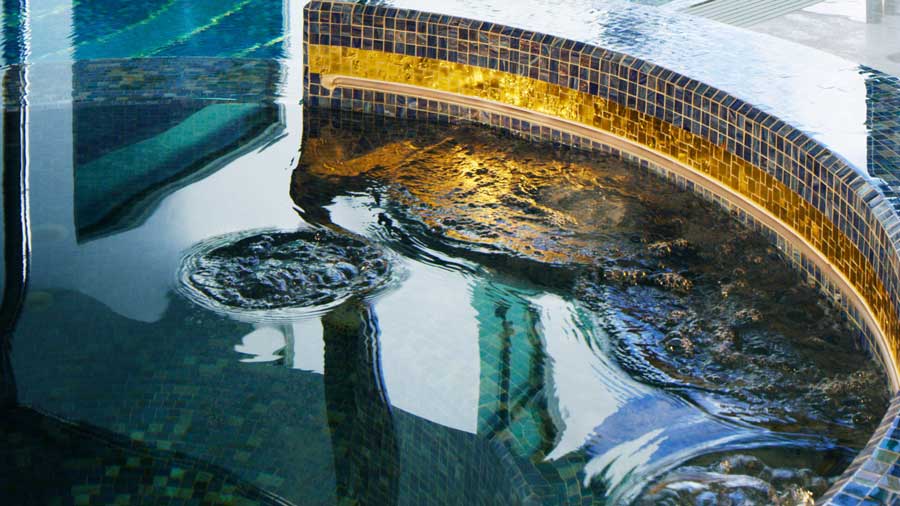
4. Sound Design
The sound of water has a therapeutic effect, but it can also be a distraction if not carefully managed. Small indoor features should create a gentle, soothing flow, while outdoor features can handle louder sounds. Avoid designs where water cascades forcefully, which may lead to splashing or excessive noise. Adjusting the flow rate, using soundproofing materials, and selecting appropriate pump sizes all contribute to achieving a pleasant water sound.
5. Eco-friendliness and Sustainability
Sustainability is increasingly important, and water features can be designed to minimise environmental impact. For instance, closed-loop systems that recycle water reduce waste, and energy-efficient pumps help conserve power. Choosing native plants around the feature also reduces the need for excessive watering and maintenance. Rainwater harvesting systems can provide a natural water source for outdoor features, further supporting sustainable practices.
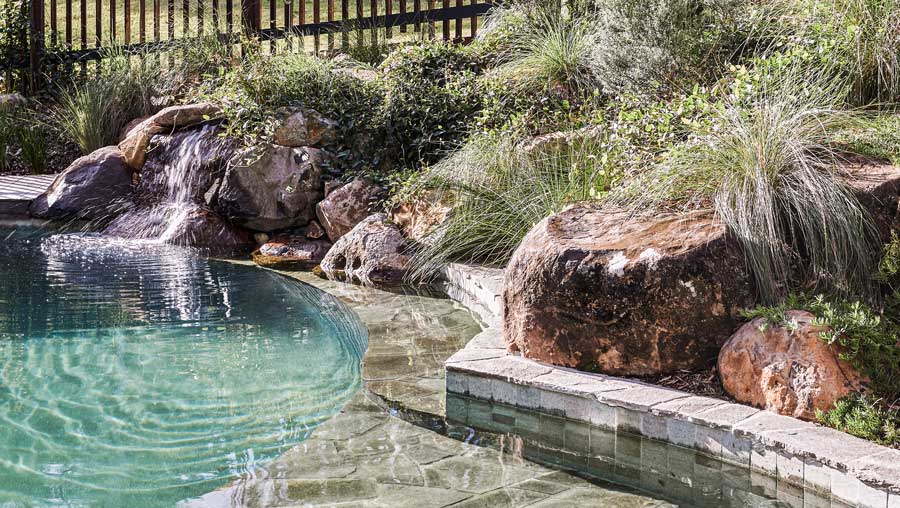
6. Maintenance and Accessibility
Water features require regular maintenance to prevent algae growth, mechanical breakdowns, and water contamination. Consider accessibility when designing so that filters, pumps, and basins are easy to reach. For features in hard-to-access locations, choose materials and designs that need minimal upkeep, like pondless waterfall systems or sealed fountains. Automatic filtration and UV sterilisers can further reduce maintenance needs.
7. Safety Considerations
Safety is especially crucial if children or pets are in the home. Shallow designs, pondless waterfalls, or covered fountains are safer options. For larger features with a water depth of more than 300mm pool fencing is required. Non-slip surfaces around the feature can prevent falls, especially in areas like patios or pool decks where splashing is likely.
8. Lighting for Ambience
Lighting brings water features to life after dark, emphasising the movement and sparkle of water. Submersible LED lights can add a magical glow, while uplighting can highlight surrounding plants or architectural details. Opt for energy-efficient, waterproof lighting fixtures to maximise both ambience and durability.
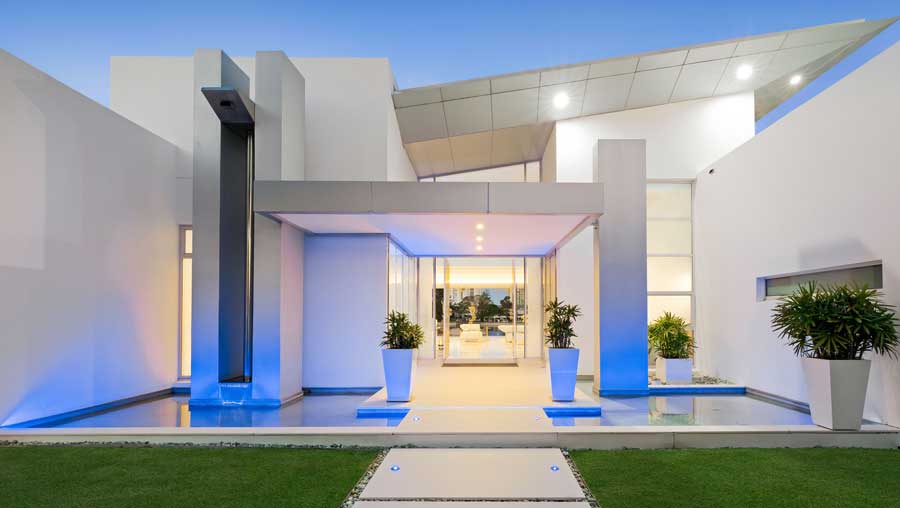
Conclusion
Incorporating water features into home design is both an art and a science. By balancing aesthetics with functionality, sustainability, and safety, homeowners can create water features that elevate their living spaces and foster a sense of peace and relaxation. Thoughtful planning and attention to detail will ensure these features remain a cherished part of the home for years to come.
You might also be interested in...
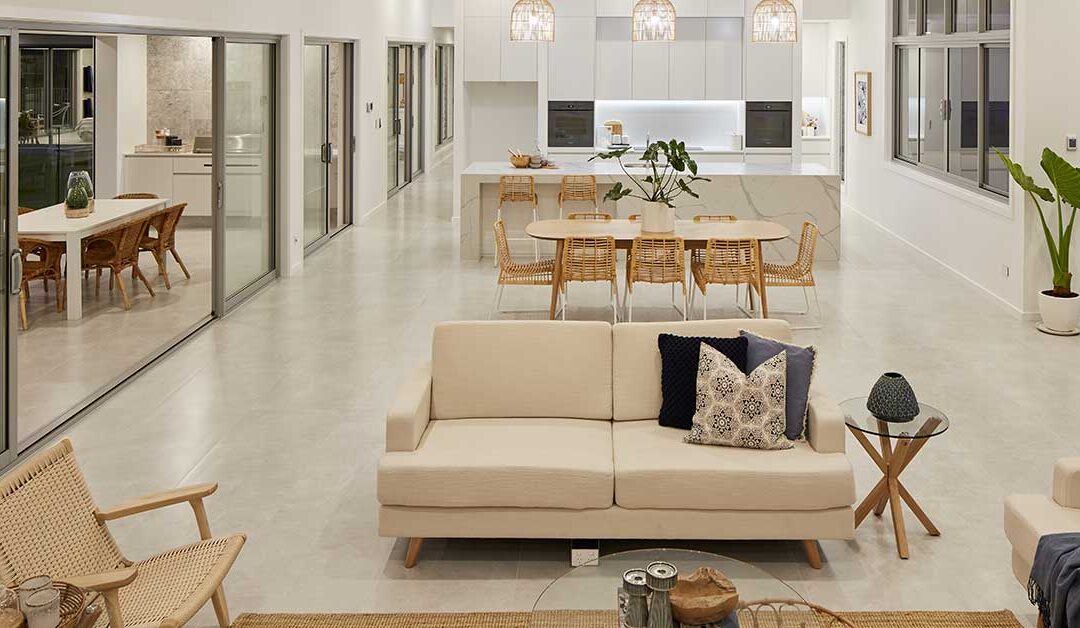
The Most Popular Home Configurations in Australia in 2024
Discover 2024’s top Australian home configurations: bedrooms, bathrooms, and parking preferences. Explore how changing lifestyles shape popular house configurations nationwide.
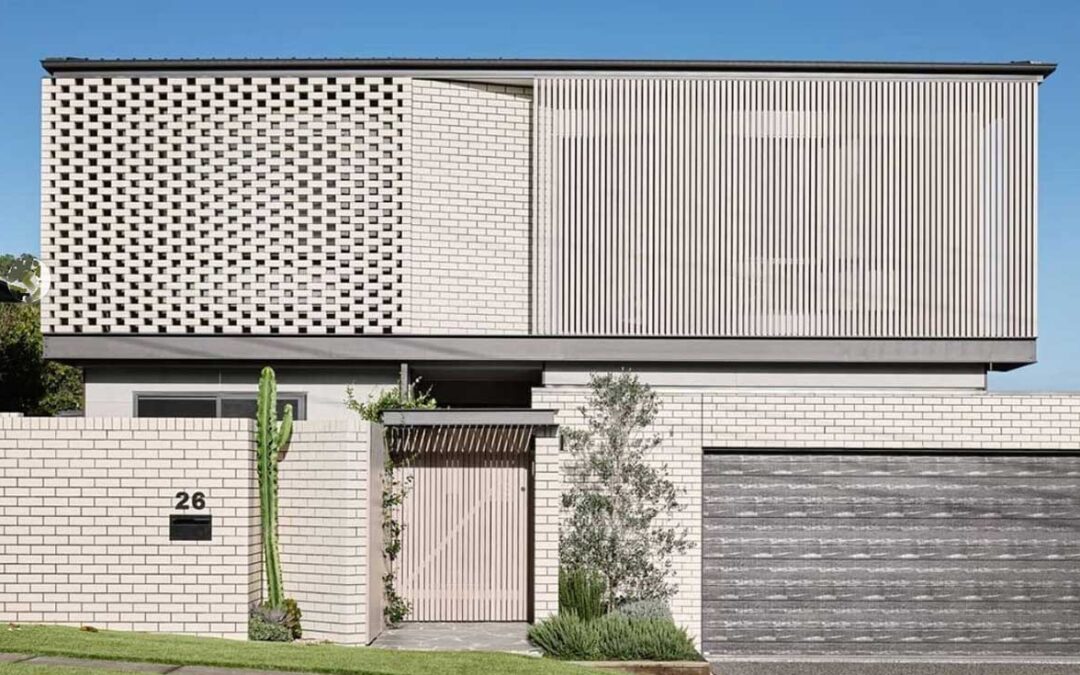
Exploring Contemporary Applications of Brise Soleil
Contemporary applications of Brise Soleil combine functionality, aesthetics, and sustainability, making them a popular choice in various building designs worldwide.










